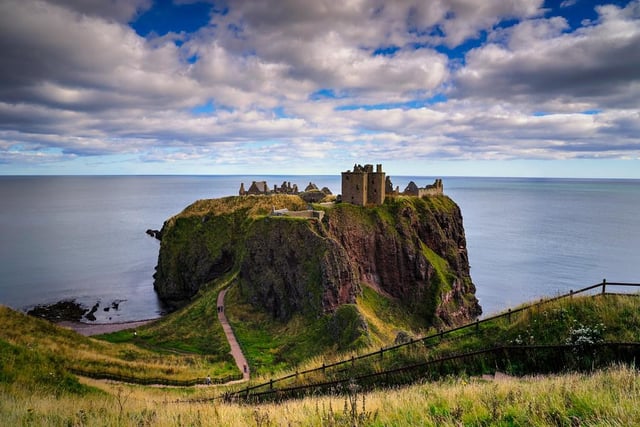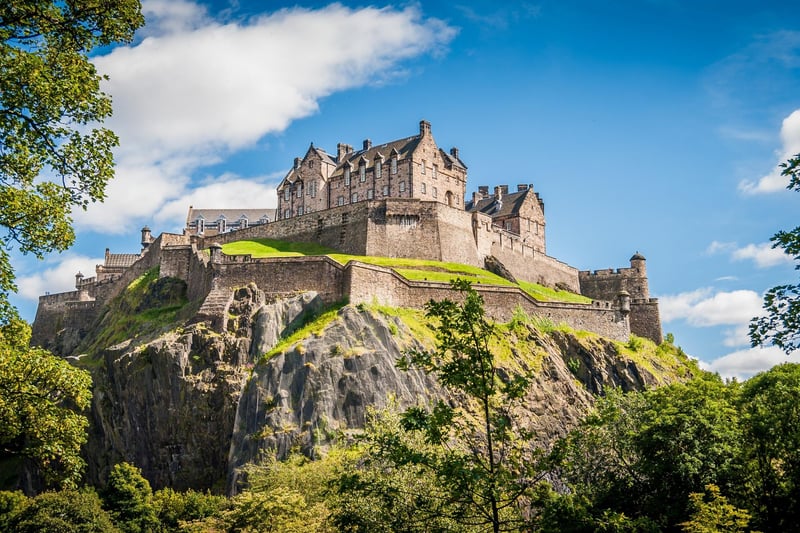Scotland has thousands of castles and strongholds (or ‘Clan seats of power’) that act as striking reminders of our country’s Clan history and how powerful it was in shaping the Scotland we live in even today.
Estimates show that Scotland has around 500 clans and historically they all had their own territories and castles and some like Clan Campbell, historically one of the most powerful Highland clans, had multiple settlements that can still be accessed today.
In appreciation of Scottish heritage and our country’s dark history, here are 17 famous castles in Scotland, the clans that historically occupied them and where they can be found.

1. Clan Keith - Dunnottar Castle
The Gaelic translation for Dunnottar is "fort on the shelving slope" and this is why the fortress has played such a prominent role in Scottish history back in the 18th century with the Jacobite rising because it was a defensive and strategic location. Described as a "ruined medieval fortress" today you can still explore it at the north-eastern coast of Scotland, 2 miles away from Stonehaven. Photo: jimnix on Flickr

2. Clan Maclean - Duart Castle
This castle was saved from ruin back in 1911 and within its walls it carries over 800 years of history for one of Scotland's oldest clans, Maclean. It stands tall on the sea cliffs on the Isle of Mull at the West Coast of Scotland. Photo: afagen on Flickr

3. Clan Maxwell - Caerlaverock Castle
With its moat, twin towered gatehouse and battlements this castle can be thought of as very traditional but it is considered 'unique' to some on account of its triangular shape. It can be found east of the Scottish Borders in Dumfries. Photo: theasis via Canva Pro

4. Clan Stewart - Edinburgh Castle
Built upon a dormant volcano, this 900-year-old castle in the historic capital city of Edinburgh is among Scotland's most well-known. It was once owned by the Stewart Clan who were recognised as a royal family in Scotland for many centuries. Photo: Iann Castelein via Canva Pro
